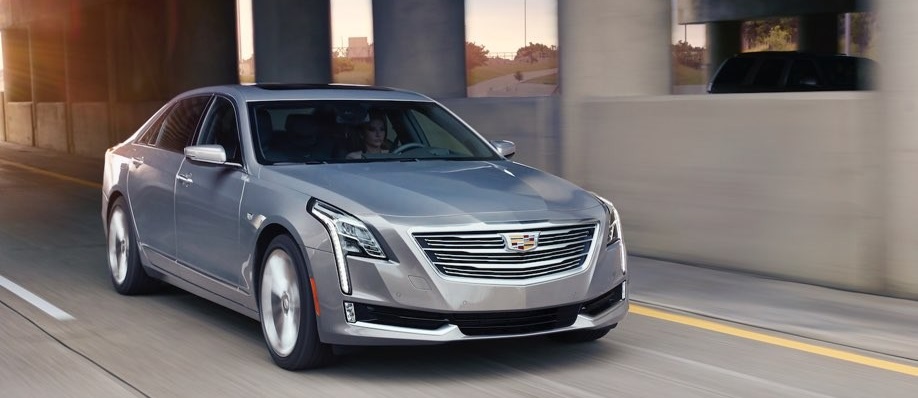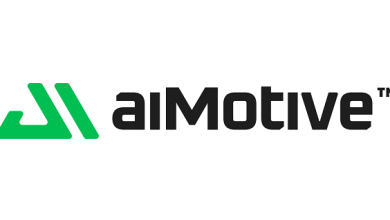GM to expand Super Cruise coverage

Date: February 16, 2024. — General Motors (GM) announced that it will nearly double the number of roads where its Super Cruise hands-free driving system can operate, adding 350,000 miles of compatible highways in the U.S. and Canada by the end of 2024.
Super Cruise, which was first introduced in 2017, is a semi-autonomous driver assistance feature that allows drivers to take their hands off the steering wheel and pedals on certain highways, while monitoring their attention and alertness. The system uses a combination of cameras, sensors, GPS, and LiDAR map data to detect curves, lane changes, and traffic conditions. It allows for hands-free driving on pre-mapped divided highways under certain conditions. Moreover, the system uses a combination of cameras, radar, and LiDAR sensors to monitor the road and surrounding environment, enabling features like:
- Adaptive Cruise Control: Maintains a safe distance from the car ahead.
- Lane Centering: Keeps the vehicle centered within its lane.
- Automatic Lane Change: Assists with changing lanes on compatible highways.
According to the Society of Automotive Engineers (SAE), there are six levels of driving automation, ranging from 0 (fully manual) to 5 (fully autonomous). Super Cruise is considered a Level 2 system, which means it can control both steering and accelerating/decelerating, but requires the driver to remain alert and ready to take over at any time. Level 3 systems can perform the entire driving task under certain conditions, but still need human supervision. Level 4 and 5 systems can drive without any human intervention, but Level 5 systems can do so in any environment and situation.
Key Differences between Super Cruice and other techs
- Super Cruise operates in a limited environment (mapped highways) and requires driver supervision. It’s an advanced driver-assistance system, not self-driving.
- ADAS systems are broader, assisting with various tasks like parking, braking, and lane departure. They typically operate at Level 1 or 2, requiring driver engagement.
- Autonomous vehicles aim for full self-driving (Level 4-5) without human input. They’re still under development and not widely available.
GM said it is working on developing higher levels of autonomy, such as its Ultra Cruise system, which aims to offer hands-free driving on 95% of all roads in the U.S. and Canada. The company also has a subsidiary called Cruise, which is testing fully autonomous vehicles in San Francisco and other cities.
News related to GM –




